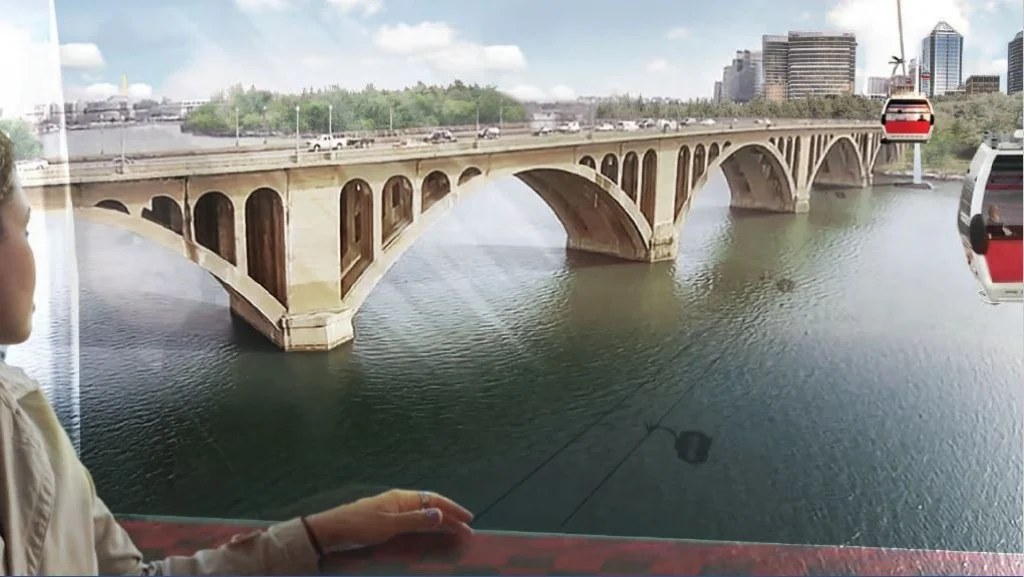Get the behind the scenes scoop on the District Wharf’s river friendly features
/Here’s how the District’s Wharf is preventing millions of gallons of pollution from entering the Potomac
The Wharf is where the city meets the river. Photo courtesy of the District Wharf.
If you’ve taken a stroll along the Potomac River at the newly redeveloped District Wharf, you’ve probably seen some of the neighborhood’s river-friendly features. Between the 14 acres of public green space, 300 riverside trees, floating wetlands, and the boat ramp for kayakers, it’s a kind of river lovers paradise.
But believe it or not, it gets better.
What you can’t see from a walk along the waterfront are the behind-the-scenes design features that take the District Wharf to the next level in terms of sustainability and river protection. The Wharf’s commitment to curbing polluted runoff is especially important because urban polluted runoff is the fastest growing source of pollution to the Potomac and Chesapeake Bay.
So how’s the Wharf taking on polluted runoff? Let’s dive back into that riverside stroll.
Nature-based solutions at the redesigned District Wharf. Photo Courtesy of the District Wharf.
Next time you find yourself on Wharf Street, start by looking down. Below your feet you won’t find your typical concrete sidewalk. What you’ll see is permeable pavement, designed to absorb rainwater rather than repel it. Whereas runoff on a typical sidewalk runs directly into the closest waterway, permeable pavements allow rainwater to seep into the ground and naturally filter through the soil before ending up in the Potomac.
If you were able to peel back that permeable sidewalk beneath your feet and peer through the earth below, what you’d see next is even cooler.
Deep below Wharf Street, hidden from view of the bustling passersby, are three giant water storage tanks, known as cisterns. When it rains, these cisterns capture polluted runoff that would otherwise flow directly into the Potomac. They’re sized to withstand a 3.2 inch rainstorm and can capture up to 11 million gallons of polluted runoff a year. In other words, these cisterns will stop 17 Olympic swimming pools of pollution from entering the Potomac annually.
Doubly exciting is that the water captured in these cisterns is treated and recycled for use in the public bathrooms. Reduce, reuse, recycle!
A Bird’s Eye View. Photo courtesy of the District Wharf.
Now, from standing in your spot on Wharf Street, imagine you could fly . Picture the view of the waterfront from overhead. You see the cars, and the sidewalks, the river, and the people below, typical city stuff. What’s not typical (but hopefully will be soon!) is what you’ll spot on top of some of the new buildings in the Wharf. About 50% of the buildings feature green roofs. There’s even a communal rooftop garden for urban farming.
Green roofs work by absorbing rainfall instead of funneling it away to storm drains and creeks. Soil and plants on a green roof can capture upwards of 90 percent of rainfall in the summertime, significantly reducing polluted runoff caused by storms.
All in all, the District Wharf is rocking some serious river friendly features and setting a clean water standard we hope becomes the norm across the region. Together, we can build strong, growing communities that celebrate and protect our local streams, forests, and drinking water sources.
Learn more about Potomac Conservancy’s efforts to promote river friendly growth and curb pollution by signing up to be a clean water advocate.
Get local clean water and river news delivered directly to your inbox.
Sign up for our monthly River Update email.
100% Private. We don’t spam.












